FROM THE STREETS TO THE BALLOT BOX: APPROACHES TO ELECTORAL ORGANIZING AMONG YOUTH-LED SMOS*
How and why do youth-led social movement organizations (SMOs) encourage electoral participation? Why might SMOs led by predominantly white youth embrace different electoral approaches than those led by youth of color, and to what effect? We answer these questions through a qualitative study of five youth-led climate justice and gun violence prevention SMOs of diverse racial and socioeconomic profiles in the lead up to the 2020 U.S. presidential election. SMOs led by predominantly white youth placed the most emphasis on electoral organizing as part of their core work. SMOs led by teams of Black or interracial youth preferred strategies such as community empowerment, education, and direct action. However, all groups encouraged electoral participation indirectly through collaborations and pro-voting subcultures. Analysis reveals that electoral approaches were informed by positions and experiences within the racialized stratification system, and findings point to a recursive relationship between organizational whiteness and electoral organizing.
Contributor Notes
* The research presented in this article was generously supported by grants from New Venture Fund and League of Conservation Voters. The authors acknowledge Kei Kawashima-Ginsberg and Tova Wang for their support of this work. Alexandra Foley, Kristen J. Oshyn, Joanna Timmerman, and Rachel Stannard provided valuable research assistance. Apollonya Porcelli, Jennifer Bouek, Edward Walker, and Glenn Bracey made thoughtful comments on earlier drafts of this article. The authors extend a special thanks to the editor, Neal Caren, and two anonymous reviewers for their constructive feedback.

